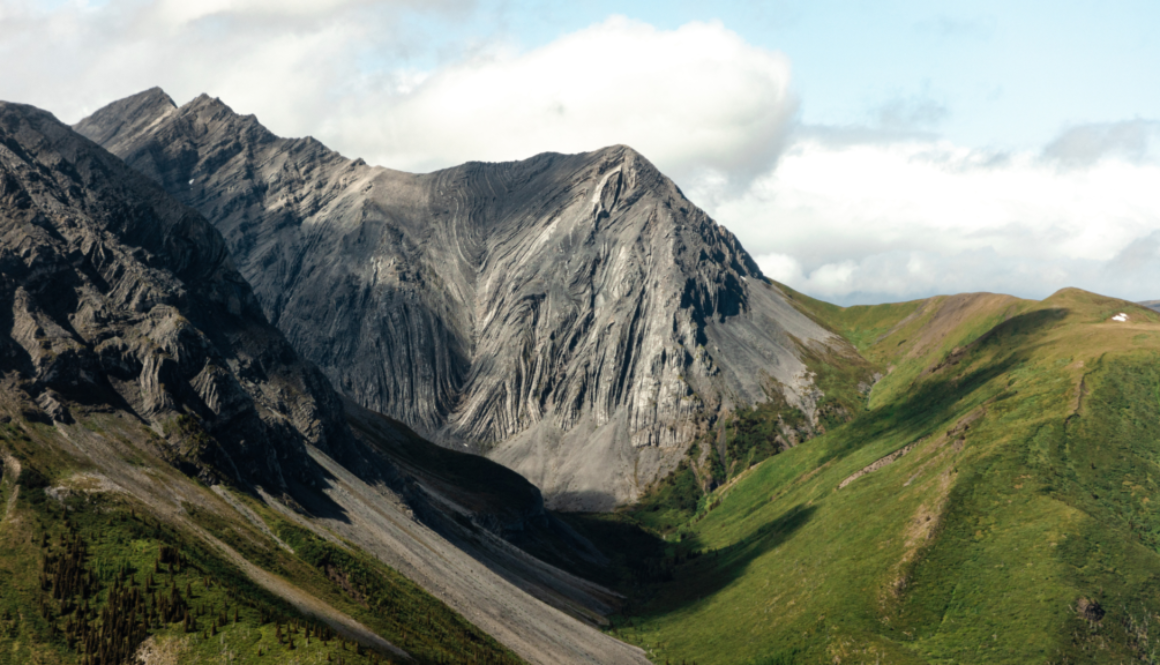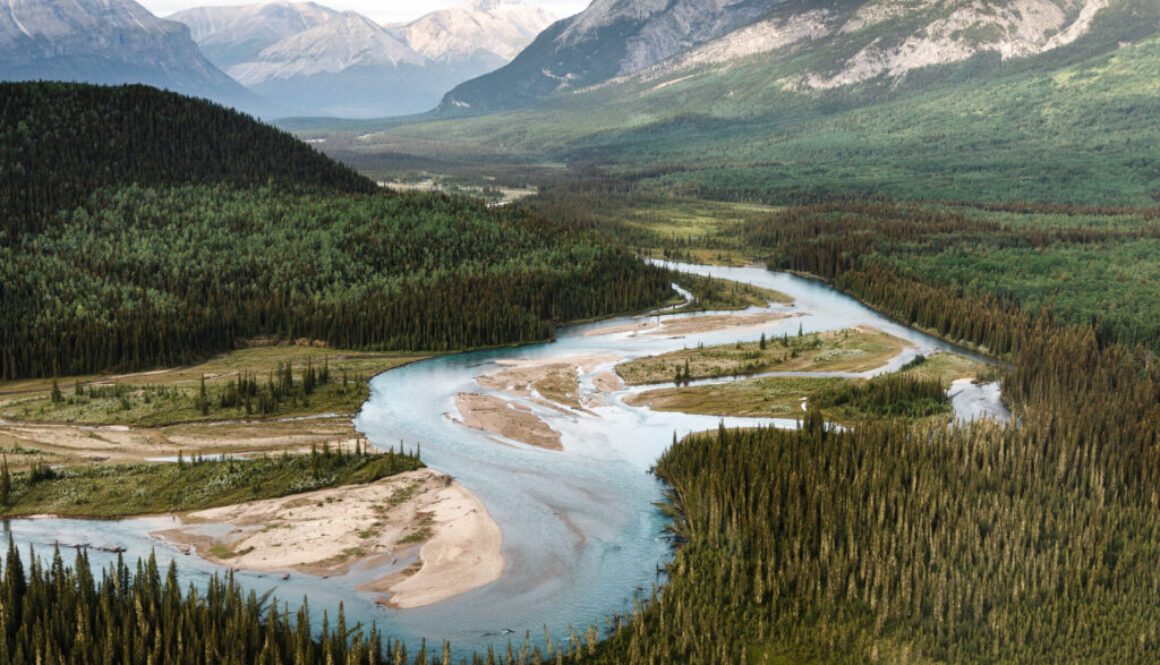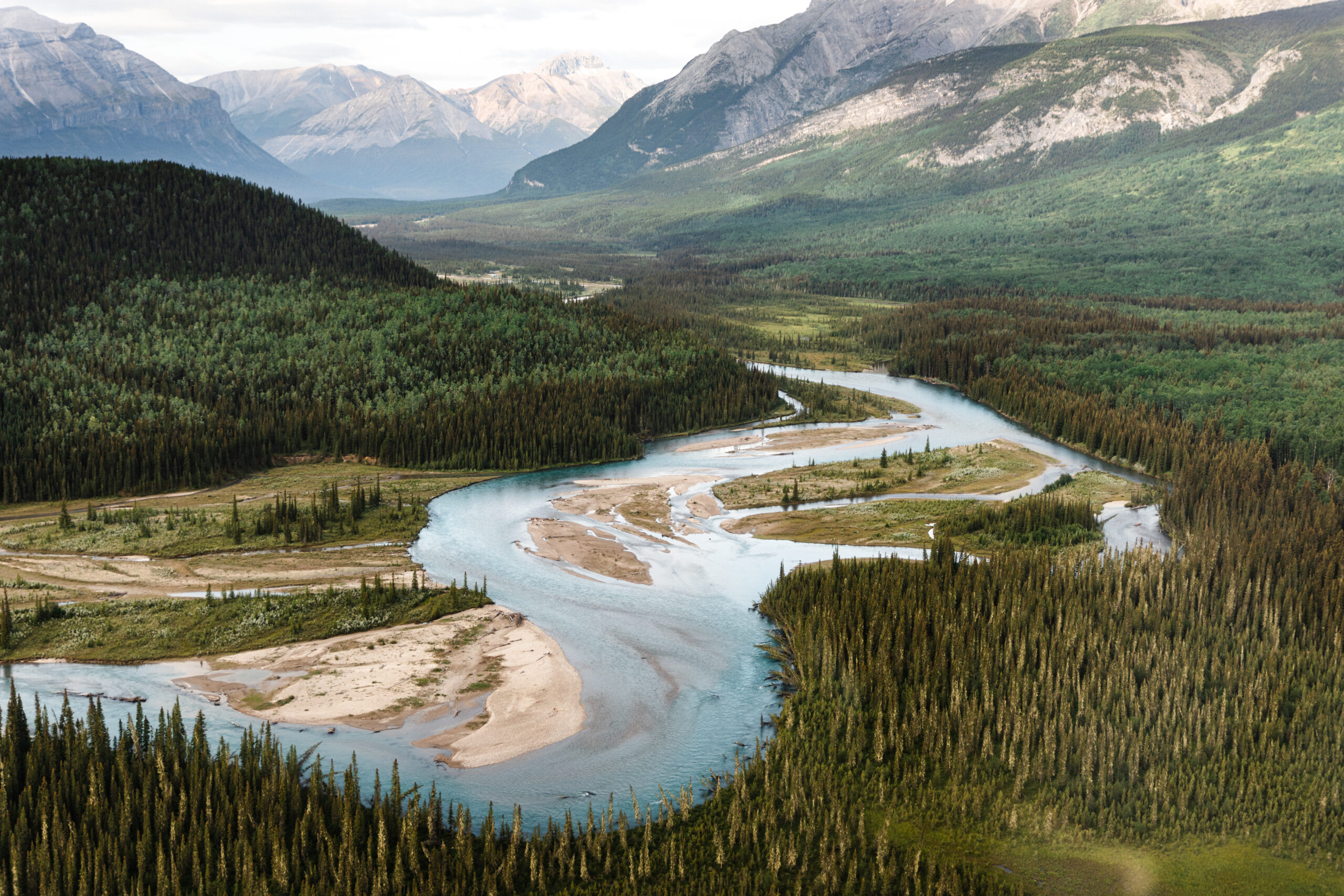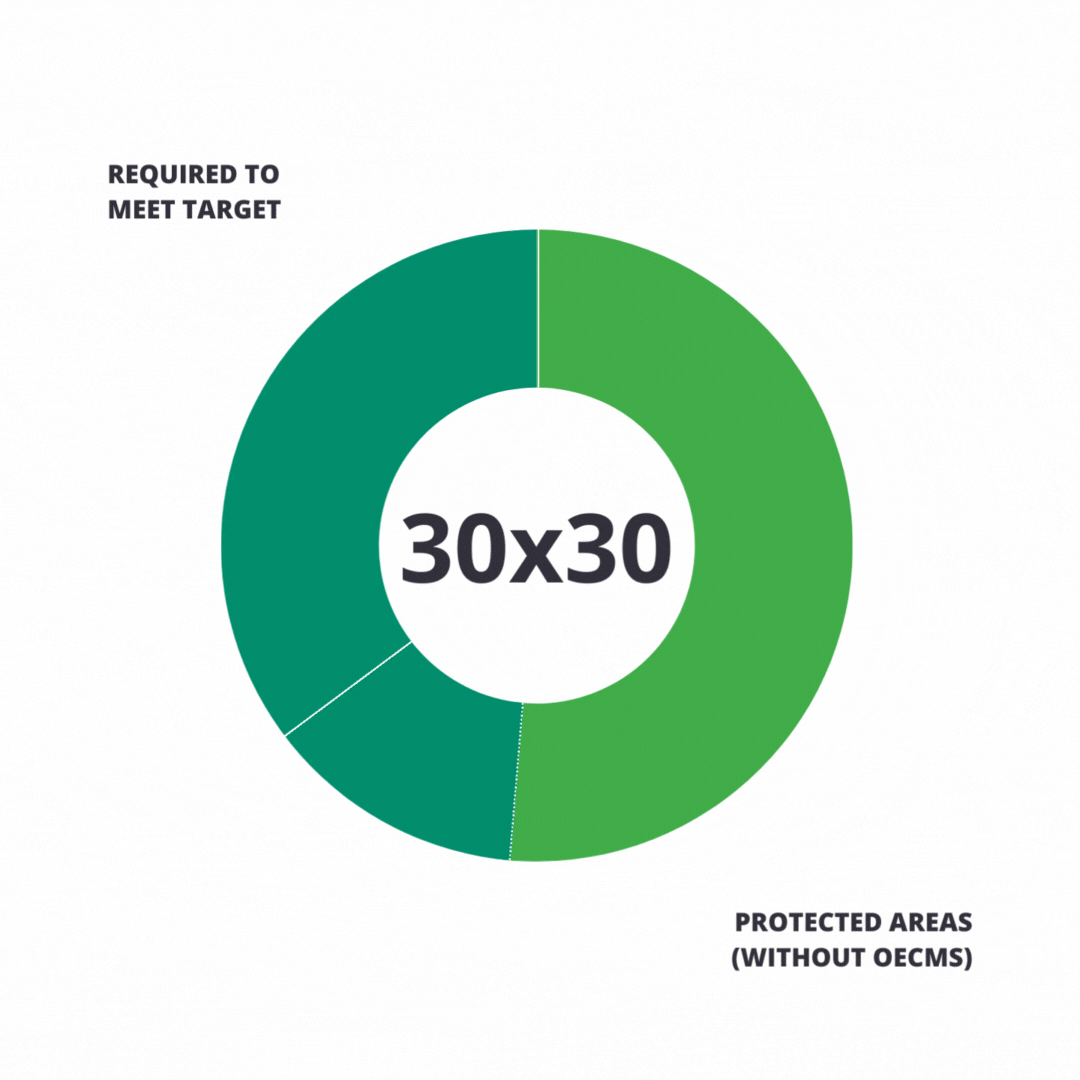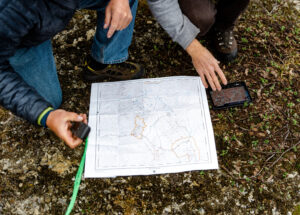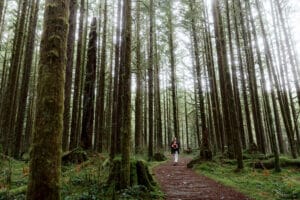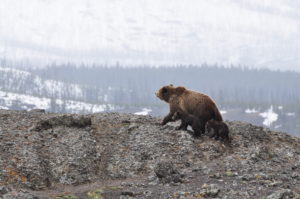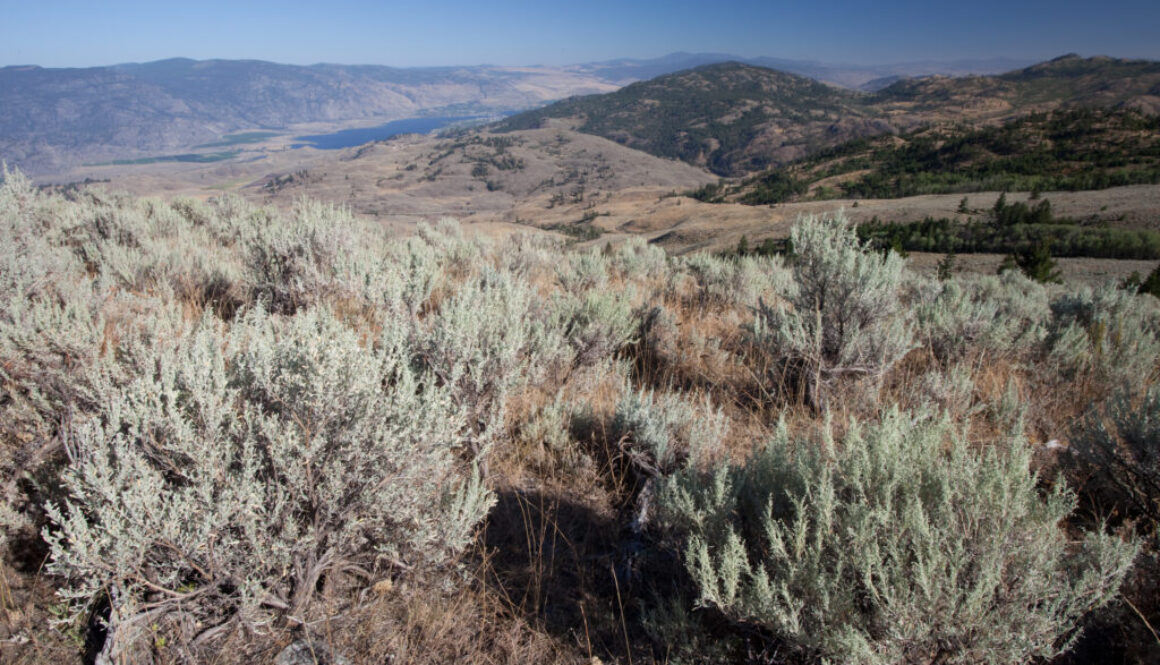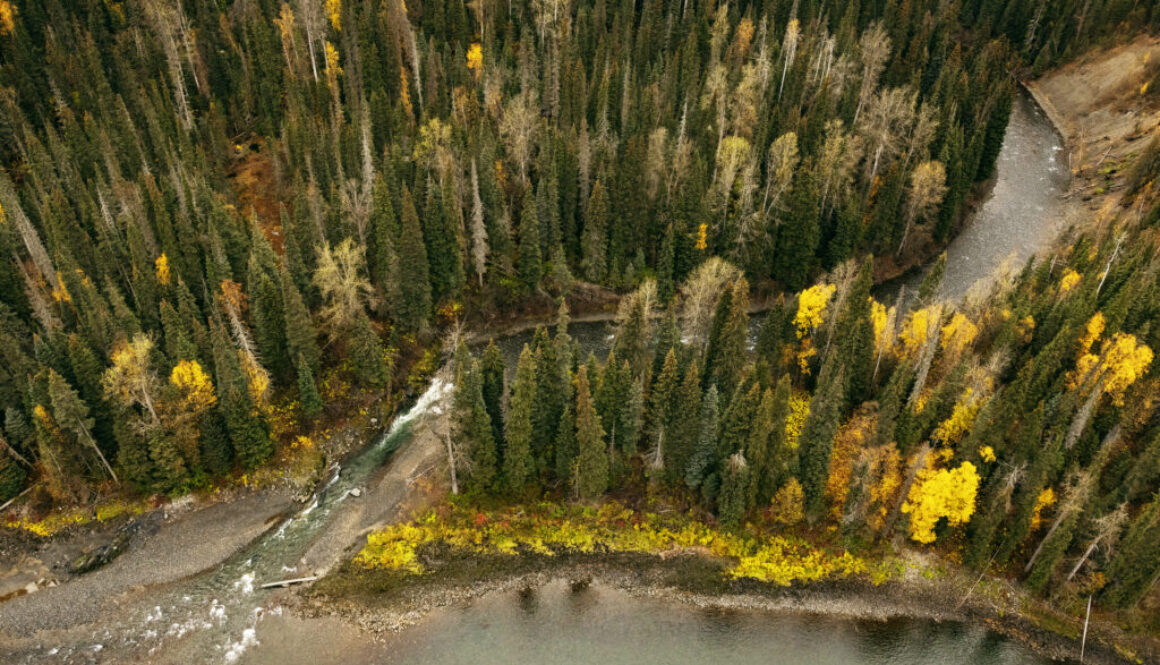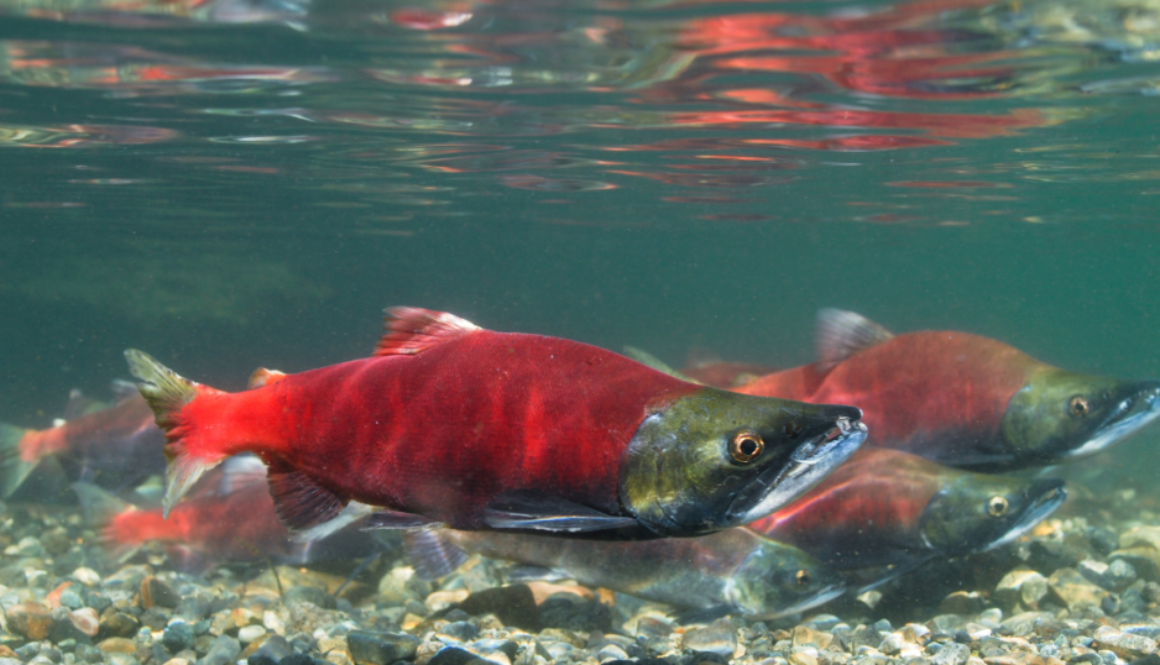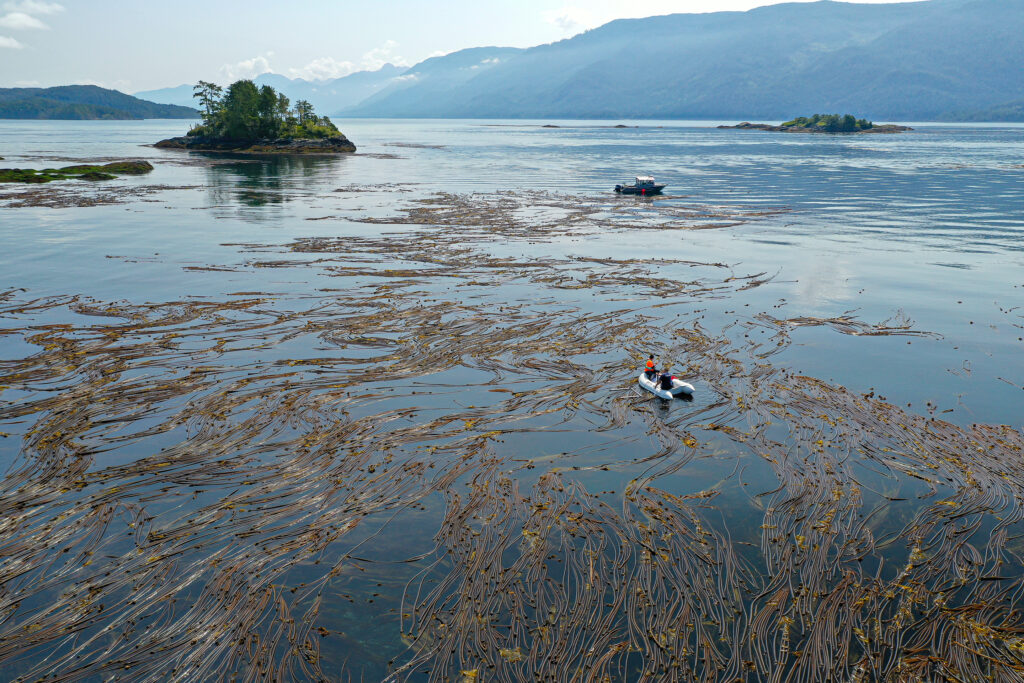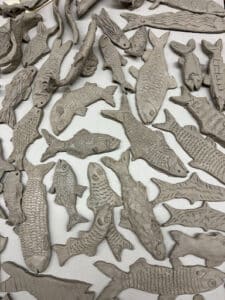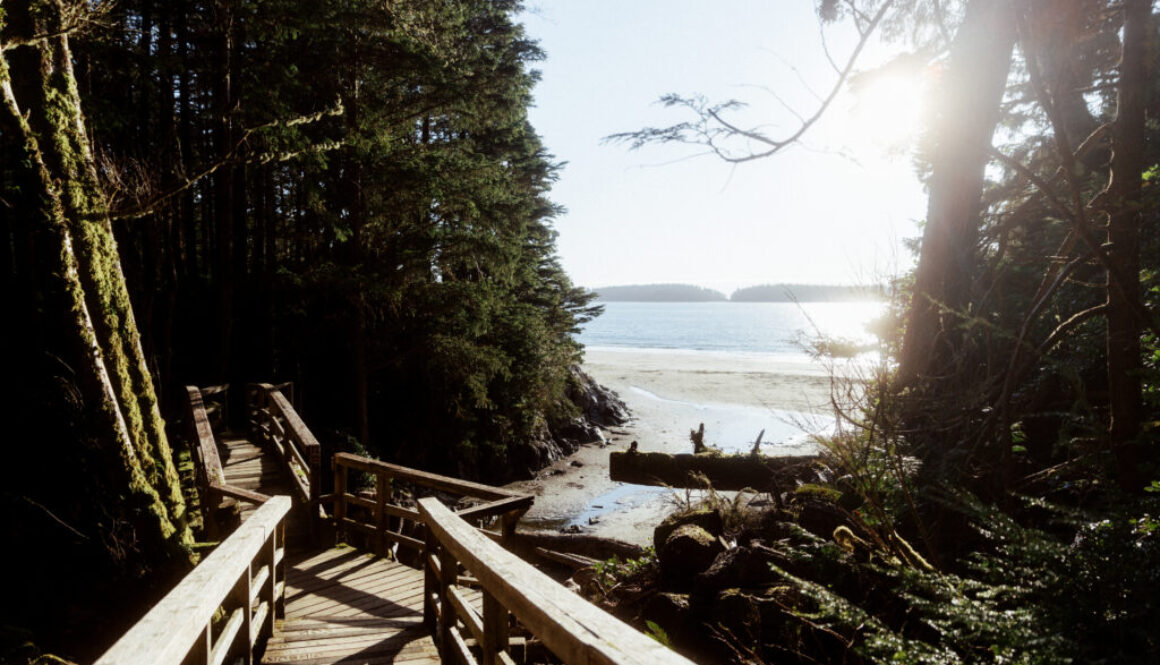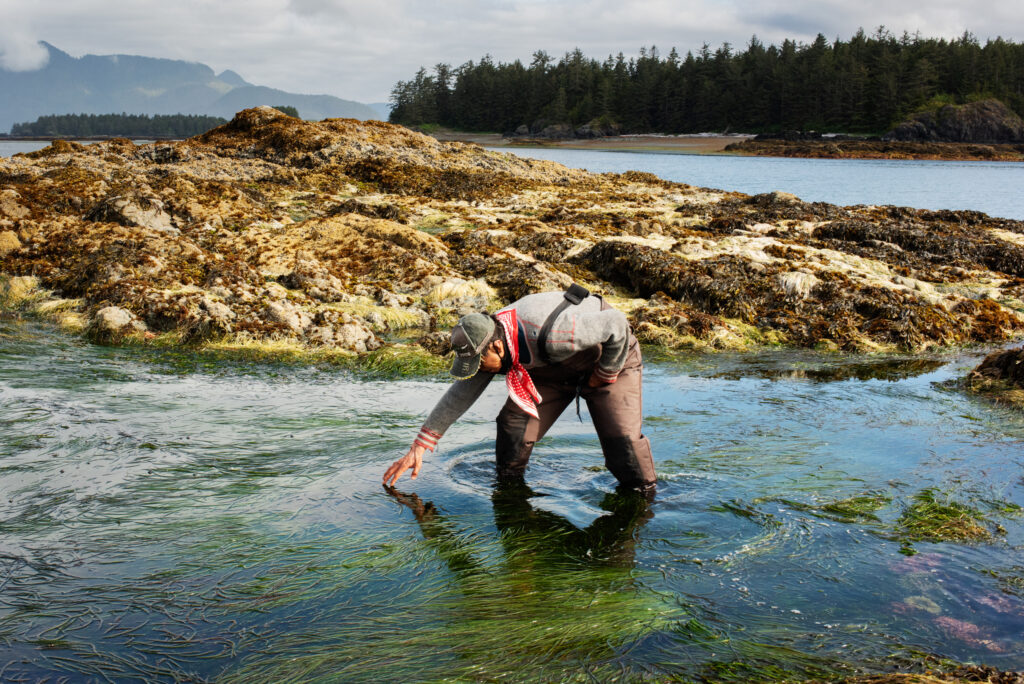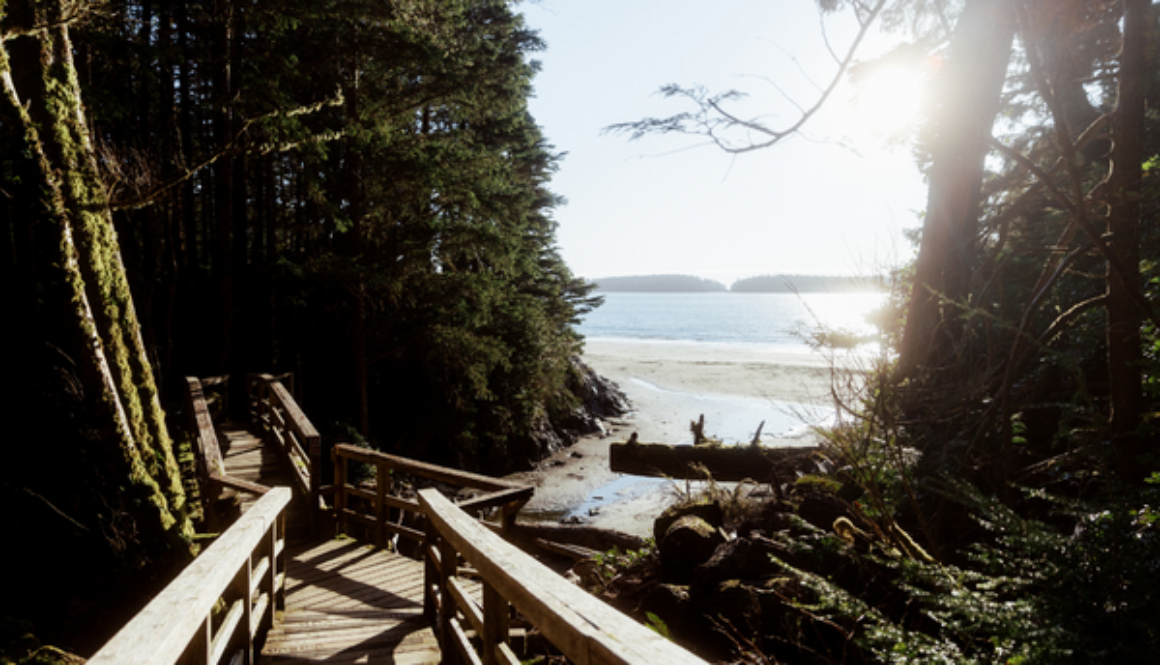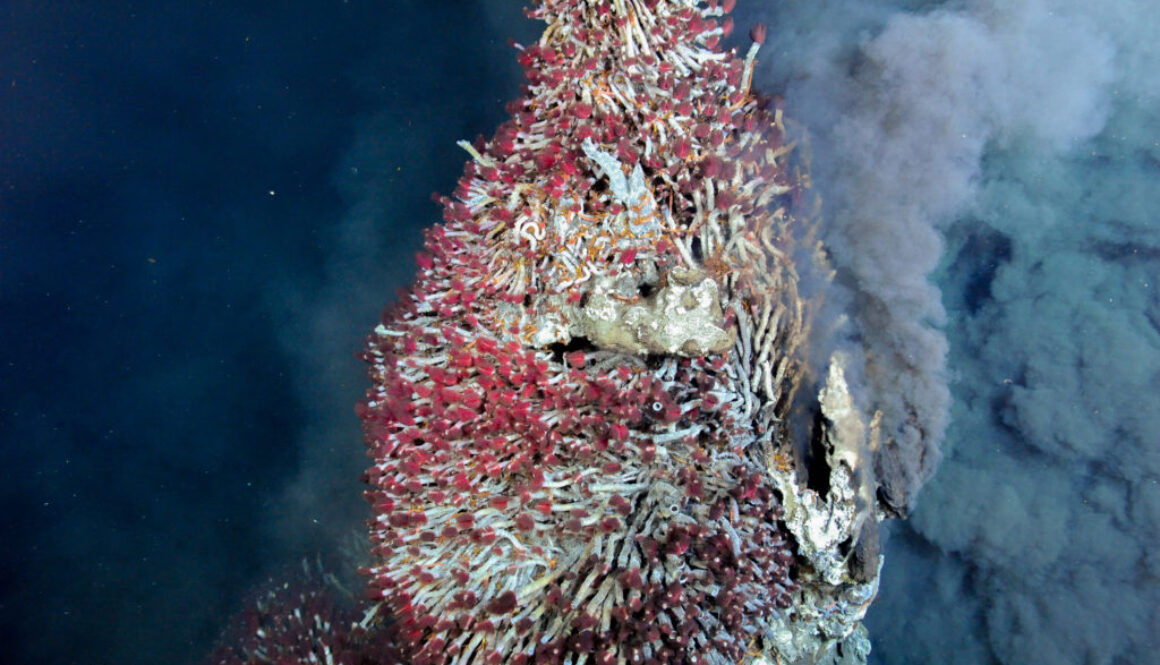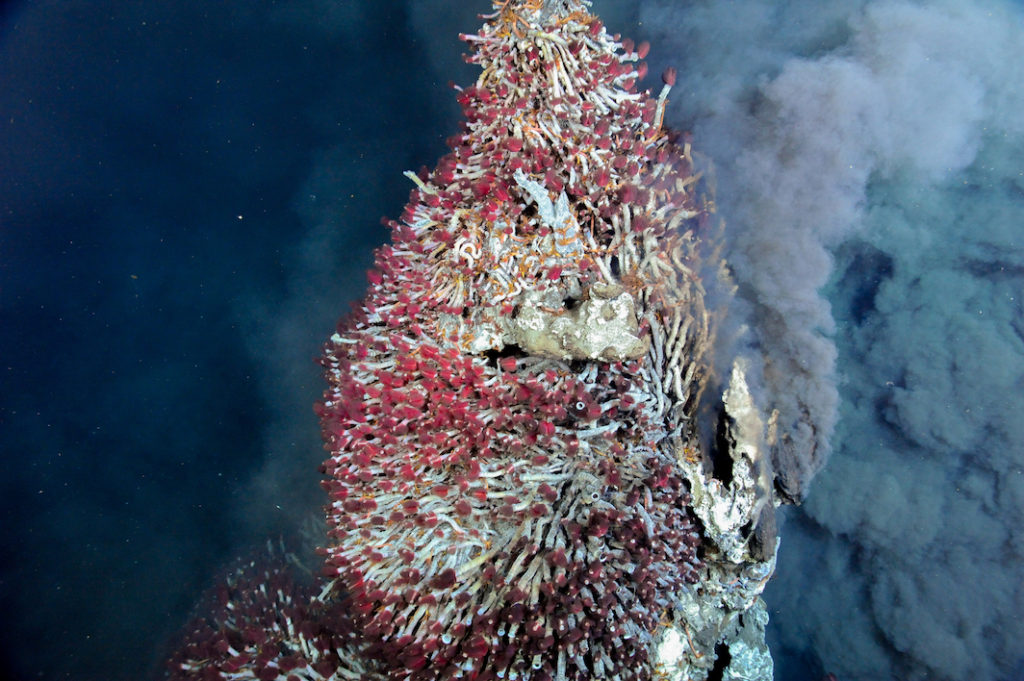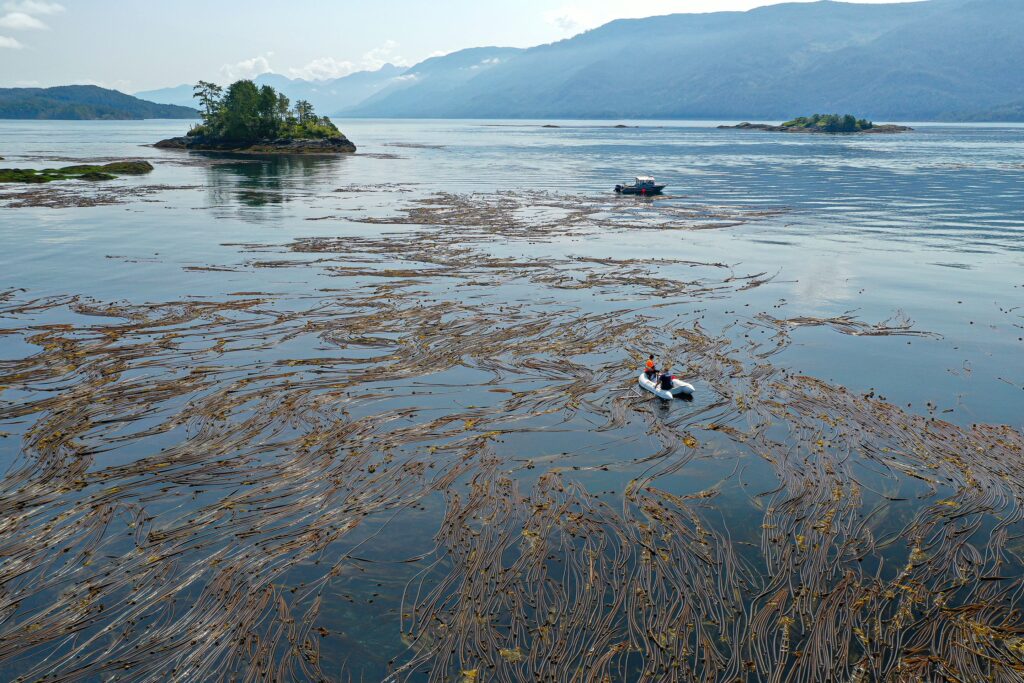BC signals much-needed action on nature, finds report on progress towards Canada’s conservation commitments
For interviews, please contact
Tori Ball, Terrestrial Conservation Manager, CPAWS-BC
tori@cpawsbc.org
604-685-7445 x24
Wednesday, May 24, 2023
BC signals much-needed action on nature, finds report on progress towards Canada’s conservation commitments
Traditional unceded Coast Salish Territory / Vancouver, BC — A report released today by the Canadian Parks and Wilderness Society (CPAWS) finds that a majority of jurisdictions in Canada have made contributions to the protection of 30% of land and ocean by 2030 in the last two years. British Columbia received a stand out grade of “significant progress” as well as key opportunities to improve its conservation outlook.
“Here in BC, we’ve seen the provincial government make ambitious commitments and signal a shift to prioritizing healthy ecosystems and advancing Indigenous-led conservation,” says Tori Ball, Terrestrial Conservation Manager for the BC Chapter of CPAWS. “While we celebrate these commitments, we are looking forward to appropriate funding and mechanisms to ensure accountability on their commitment to protect 30% of lands by 2030.”
BC had previously been given a mediocre grade of “C” for a lack of investment, action and commitment to expanding the network of protected areas. The province has made great headway to address the biodiversity crisis through its work on the Coastal Marine Strategy, the Great Bear Sea and initiating land-use planning in partnership with First Nations. Having an appropriate pathway to support the establishment and recognition of Indigenous Protected and Conserved Areas on the lands, coast and ocean will help all governments work together to halt and reverse biodiversity loss.
“On the ocean, there are important opportunities across the coast of BC that result from years of collaboration, co-led by First Nations, BC, and Canada, and have included in-depth community involvement,” shared Kate MacMillan, Marine Conservation Manager, CPAWS-BC. “ The long-standing proposed Southern Strait of Georgia National Marine Conservation Area Reserve is one of the opportunities where we hope to see a new path forward, led by First Nations, to protect these incredible waters – home to orcas, salmon, and people”
This report, Building Momentum: A Progress Update on Canada’s Nature Protection Targets, reinforces the urgent need for all levels of government to work together to halt and reverse biodiversity loss in Canada, in collaboration with, and in support of, Indigenous peoples, and identifies key opportunities for nature protection in the coming years. Supporting and advancing the Kaska Dena’s 40,000km2 IPCA, Dene Kʼéh Kusān, is a key opportunity for BC to make progress towards the biodiversity protection targets.
“There are dozens of Indigenous-led protected area proposals across the province which layout a pathway to bring back endangered ecosystems and wildlife populations,” continued Ball. “BC has the opportunity to step up for nature while supporting a more sustainable and just future for all by taking action on the bold commitments it has already made.”
-30-
📁Download Full Press Release PDF.
For interview, please contact
Tori Ball, Terrestrial Conservation Manager, CPAWS-BC
tori@cpawsbc.org
604-685-7445 x24
KEY FINDINGS
Federal, provincial and territorial governments have achieved varying degrees of progress since CPAWS’ 2021 Report Card, with some making ambitious commitments and advances over the past two years, and others making minimal progress.
Jurisdictions with significant progress since 2021:
- Federal Terrestrial (2021 grade: A-)
- Quebec (2021 grade: A-)
- Nova Scotia (2021 grade: B)
- The Yukon (2021 grade: B-)
- British Columbia (2021 grade: C)
Jurisdictions with some progress since 2021:
- Federal Marine (2021 grade: B+)
- Northwest Territories (2021 grade: B+)
- New Brunswick (2021 grade: B-)
- Manitoba (2021 grade: C-)
- Newfoundland and Labrador (2021 grade: F)
Jurisdictions with minimal progress since 2021:
- Saskatchewan (2021 grade: D)
- Alberta (2021 grade: F)
- Ontario (2021 grade: F)
Federal Marine – some progress (2021 grade: B+)
Nunavut and Prince Edward Island were not graded as CPAWS does not have chapter offices there.
All levels of government need to act urgently to halt and reverse biodiversity loss in Canada, in collaboration with and in support of Indigenous peoples. The conditions and opportunities exist for all jurisdictions to contribute to achieving the targets. The Canadian Parks and Wilderness Society calls upon all levels of government to close the gaps to protect at least 30% of land and ocean by 2030.
BACKGROUND
Conservation Opportunities in British Columbia
- BC was the second province to commit to protecting 30% by 2030 in Dec 2023, during COP15. Their commitment included advancing Indigenous Protected and Conserved Areas.
- BC’s claimed protected and conserved areas equal 19.5% of the province, however, conservation and legal experts have pointed out that BC’s other conserved areas (4.1%) do not meet agreed-upon Canadian or International standards of protection.
- BC has committed to developing a conservation financing mechanism within the next few months to support landscape and Indigenous-led conservation.
2022 polling Conducted by Nanos shows that:
- A strong majority of Canadians (ranging from more than eight in ten to just over nine in ten) support protecting more land and sea in Canada and increased spending to meet commitments.
- Strong support among Canadians (more than eight in ten) for creating more Indigenous Protected and Conserved Areas in Canada.
- About eight in ten say it is important for Canadian governments to speed up progress on nature protection.
- The majority of Canadians would be more likely to support a federal party or provincial/territorial government that is committed to nature protection.
- A majority of Canadians, from just under seven in ten to over seven in ten (69% to 74%), would be more likely or somewhat more likely to vote for a federal party that proposed various nature protection policies.
- A majority of Canadians agree (69%) they would be more likely to support a provincial or territorial government if it set out a big and important nature conservation goal.
- Canadians think about half of the world’s land (48%) and sea (55%) and half of Canada’s land (49%) and sea (55%) should be protected.
- The majority of Canadians (around nine in ten) agree that protected areas play an important role in addressing climate change and supporting a healthy, sustainable economy.
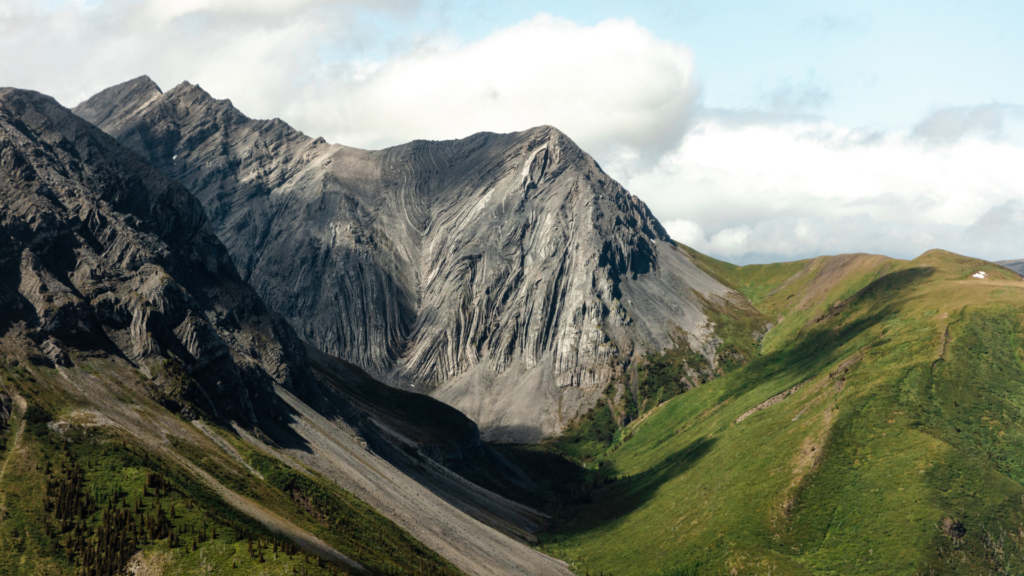
Dene K’éh Kusān, photographed by Adam Combs
About CPAWS-BC
The Canadian Parks and Wilderness Society – British Columbia (CPAWS-BC) is part of one of Canada’s oldest non-profit conservation groups. We protect wilderness in every corner of BC and deep into the ocean. We have been defending BC since 1978, and are dedicated to keeping BC’s natural environment thriving forever. Our work to safeguard large parks, protected areas and wildlife corridors has been instrumental in protecting precious places across the province. Join our community on Facebook, Twitter, Instagram and LinkedIn. Donate today. Take action.
Visit cpaws.org to learn more.

